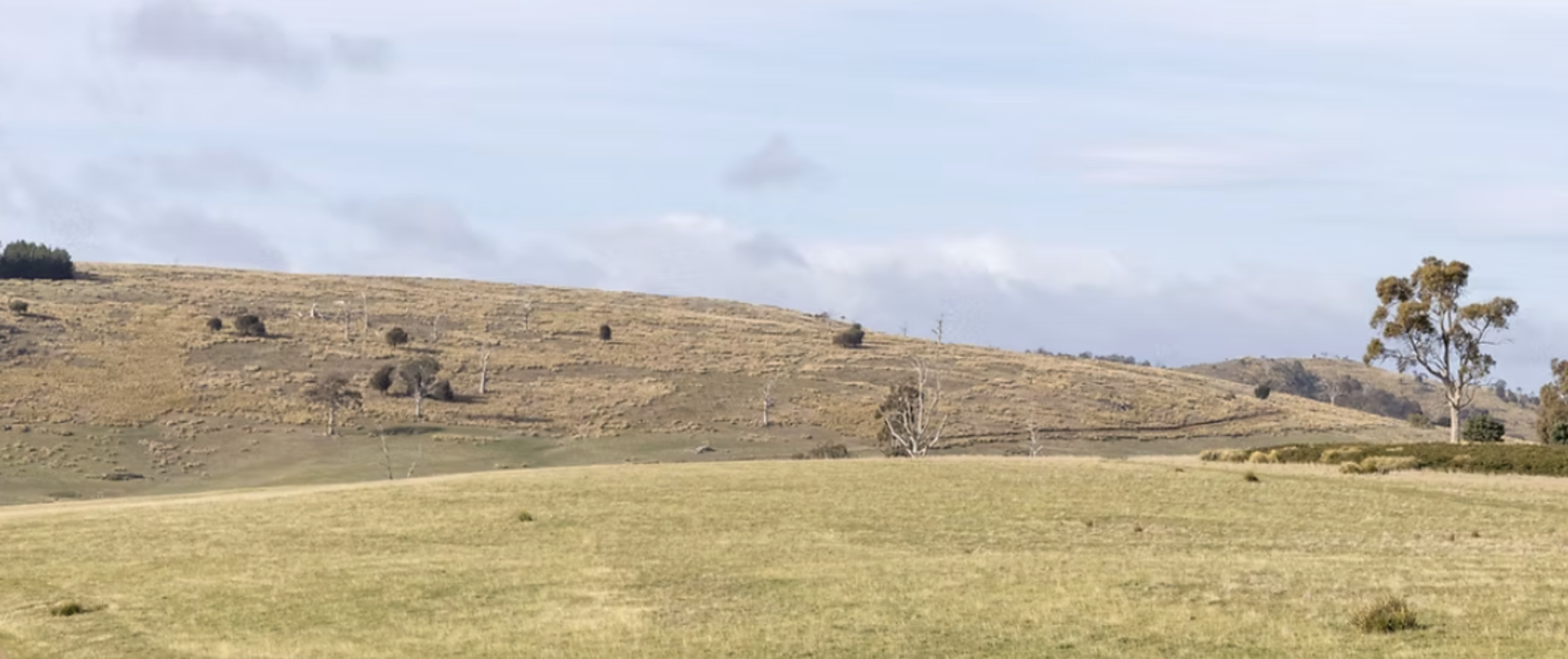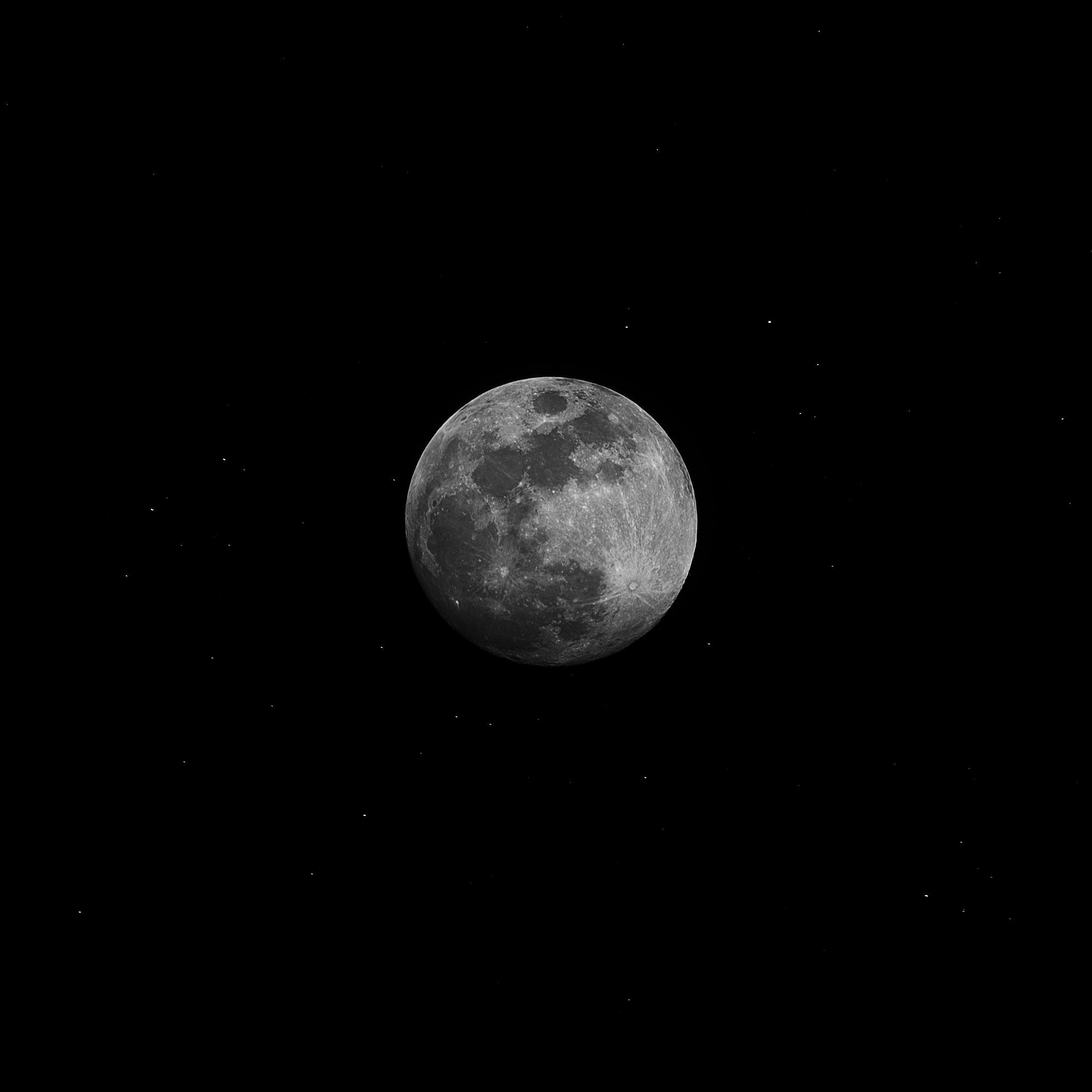Australia's federal government has approved a 250 MW agrivoltaic solar farm in Tasmania, following a 20-day review. The landowner-led project is designed to minimize environmental impact and integrate solar generation with agricultural use.
From pv magazine Australia
After a 20-day approvals process, the Australian federal government approved a new 250 MW agrivoltaic solar farm in Tasmania designed to minimize environmental impact.
The landowner-led Weasel Solar Farm Station will be built on 435 hectares in Bothwell, about 76 km north of Hobart. The project includes the installation of approximately 4,000 solar panels and a 144 MW/576 MWh battery energy storage system (BESS).
The design will allow sheep to graze beneath the panels. The project will connect to the National Electricity Market through the proposed Tasmania Midlands Central Highlands Renewable Energy Zone.
“This project is another example of how we can capitalise on our natural resources and make the shift to cheaper, clean, reliable, renewable energy,” said Federal Minister for the Environment Murray Watt.
Watt said the project demonstrates how agriculture and renewable energy generation can operate together. He added the government has approved 89 renewable energy projects since 2022, enough to power more than 11 million Australian homes, and is on track to make the country a renewable energy superpower.
The Weasel Solar Farm Station is expected to cut greenhouse gas emissions by more than 44,000 tonnes of carbon dioxide equivalent per year, equivalent to planting over 450,000 trees.
The project is being developed by the Downie family of Dungrove and the Bowden family of Weasel Plains, in partnership with renewable energy legal adviser Andrew Clark of Melbourne-based Alternate Path.
Feasibility studies indicate Weasel will be the southernmost solar farm in Australia, benefiting from extended summer daylight hours that align with peak national electricity demand.



























































